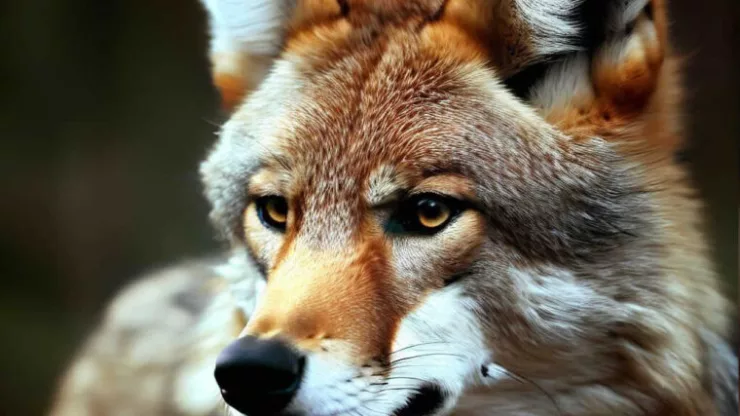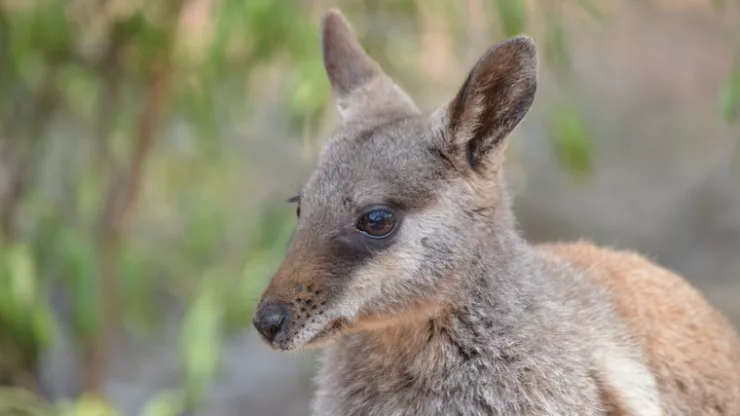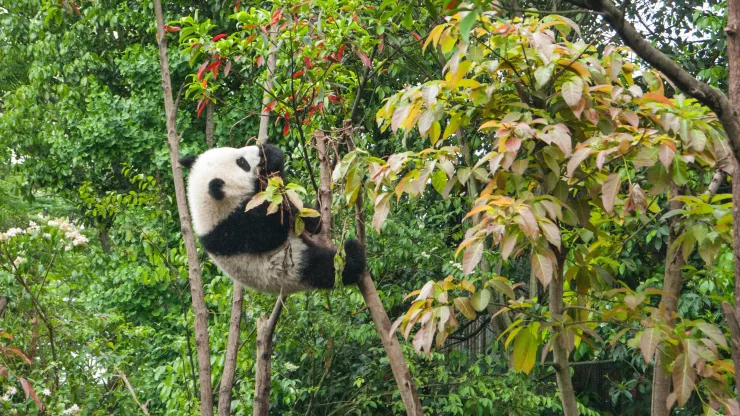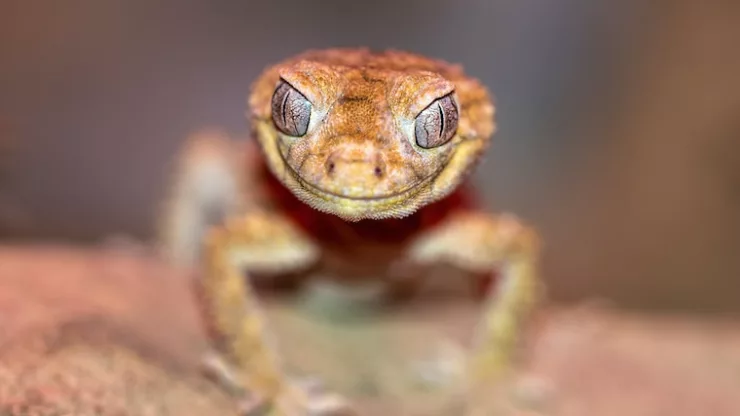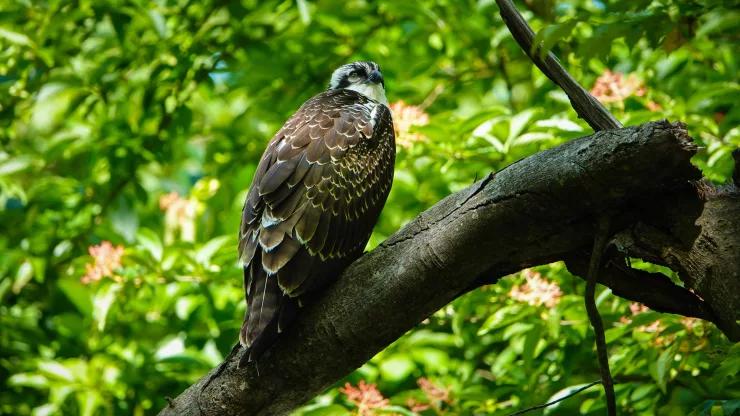Coywolves, an intriguing and enigmatic hybrid, have been capturing the interest of wildlife enthusiasts and researchers for years.
But what is a coywolf? In this comprehensive guide, we will delve into the origins, characteristics, behavior, and habitat of this fascinating creature.
Plus, we will address some of the most frequently asked questions about coywolves.
Origins and Evolution of the Coywolf
The term coywolf is derived from the fusion of two species: the coyote (Canis latrans) and the gray wolf (Canis lupus). As a hybrid, the coywolf has genetic material from both of its parent species, with DNA evidence suggesting that eastern wolves (Canis lupus lycaon) and western coyotes interbred to create this new creature.
How did coywolves come into existence?
The hybridization of coyotes and wolves is believed to have occurred due to a shift in population dynamics, brought about by factors such as:
- The extirpation of wolves from certain regions due to habitat destruction and hunting.
- An increase in the coyote population as they expanded their range eastward.
- The overlap of territories between the two species, leading to interbreeding.
Characteristics and Physical Traits
Coywolves are not just a simple combination of coyote and wolf traits; they display a unique blend of characteristics from both species.
Some of the most notable features include:
- Size and weight: Coywolves are typically larger than coyotes but smaller than gray wolves. They usually weigh between 35-45 pounds, with males being slightly larger than females.
- Fur color: Their coat color varies from gray to reddish-brown, with a mix of black and white markings.
- Facial features: Coywolves have a broader, more wolf-like snout and larger teeth than coyotes, but their ears are more coyote-like in shape and size.
- Tail: Their tail is bushy with a black tip, similar to a wolf’s tail, but shorter and slightly curved like a coyote’s.
(1) Have you ever seen a coyote and thought that it was unusually large? The eastern coyote (sometimes called a coywolf or coydog) shares a small amount of its DNA with wolves and dogs from hybridization that occurred last century, making them larger and more variable in color… pic.twitter.com/FfgUFaugL1
— Teatown Lake Reservation (@Teatown_) February 19, 2019
Behavior and Social Structure
The social behavior of coywolves is a fascinating mix of both parent species.
They generally form smaller packs than wolves, often consisting of a mated pair and their offspring.
Coywolves display territorial behavior, marking their home range with scent and vocalizations.
Their hunting tactics are also a blend of coyote and wolf strategies.
Coywolves are adaptable hunters, capable of hunting in packs to take down larger prey like deer or as solitary hunters pursuing smaller prey like rabbits and rodents.
Habitat and Distribution
Coywolves inhabit a wide range of habitats, including forests, grasslands, and even suburban and urban areas.
Their adaptability and ability to exploit human-dominated landscapes have allowed them to expand their range across the eastern United States and Canada.
Conservation Status and Human Interaction
As hybrids, coywolves are not recognized as a distinct species, and thus they do not have specific legal protection.
However, their population appears to be relatively stable due to their adaptability and resilience. Human interactions with coywolves are typically limited, as they are generally wary of humans and prefer to avoid confrontation.
Conclusion
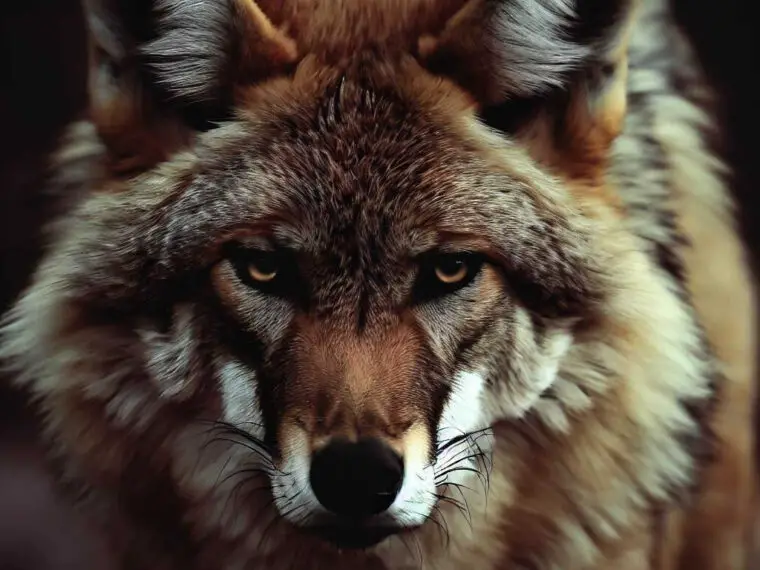
The coywolf, a unique and captivating hybrid, has emerged as a result of the dynamic and ever-changing relationship between humans, wolves, and coyotes.
This enigmatic creature showcases the incredible adaptability of nature, as it thrives in diverse habitats and evolves its behavior to survive in a changing world.
As we continue to study and learn more about the coywolf, it serves as a reminder of the intricate connections that exist within our ecosystems and the importance of preserving these delicate balances.
Frequently Asked Questions (FAQ)
What is a coywolf?
A coywolf is a hybrid between a coyote (Canis latrans) and a gray wolf (Canis lupus), with the eastern wolf (Canis lupus lycaon) and western coyote being the most likely ancestors.
Coywolves display a unique blend of characteristics from both parent species.
Are coywolves dangerous to humans?
Coywolves are generally wary of humans and prefer to avoid confrontation.
While they are wild animals and should always be treated with caution and respect, they are not considered a significant threat to human safety.
As with any wildlife, it is crucial to maintain a safe distance and not to attempt to feed or interact with coywolves.
What do coywolves eat?
Coywolves are opportunistic omnivores, with their diet consisting of a variety of prey items, including deer, rabbits, rodents, and even fruits and vegetables.
They are adaptable hunters, capable of hunting in packs to take down larger prey or as solitary hunters pursuing smaller animals.
How can I identify a coywolf?
A: Coywolves can be distinguished by their unique blend of coyote and wolf characteristics.
They are generally larger than coyotes but smaller than gray wolves, with a broader snout and larger teeth than coyotes, and a bushy tail with a black tip.
Their coat color varies from gray to reddish-brown with a mix of black and white markings.
Where can I find coywolves in the wild?
Coywolves can be found across the eastern United States and Canada, inhabiting a wide range of habitats, including forests, grasslands, and even suburban and urban areas.
Their adaptability allows them to thrive in diverse environments.

I am a fun fact enthusiast and creator of Facts On Tap.
I love to share my knowledge and curiosity with readers and inspire them to learn something new every day.
When I’m not writing, I enjoy traveling, reading, and playing trivia games with my friends.
